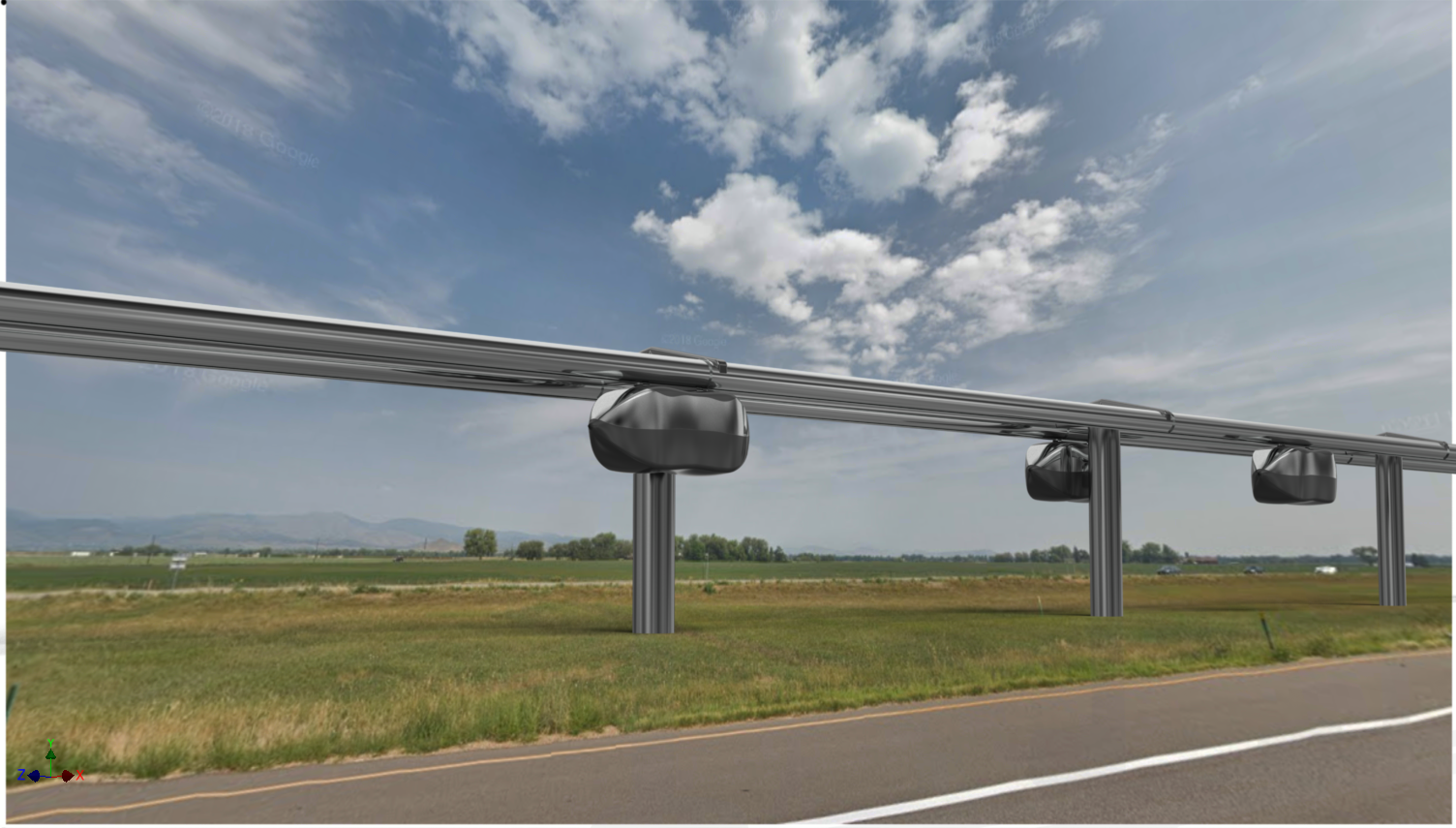Automated Transit Networks
are a type of regional, automated guideway transit system. The term, automated guideway transit, is generally used only to describe systems serving relatively small areas such as airports, downtown districts or theme parks.
Swift has expanded on this definition to include larger systems capable of covering regional transit.
Swift's synergistic cascade: Grade separation on a fixed guideway allows for safe automation, which allows for an 80% reduction in OpEx per vehicle, which leads to smaller vehicles, which leads to lighter infrastructure, which leads to a larger guideway network and more frequent service, which leads to higher ridership.
Swift strives to provide the technology that can achieve an actual profit in passenger transit.

